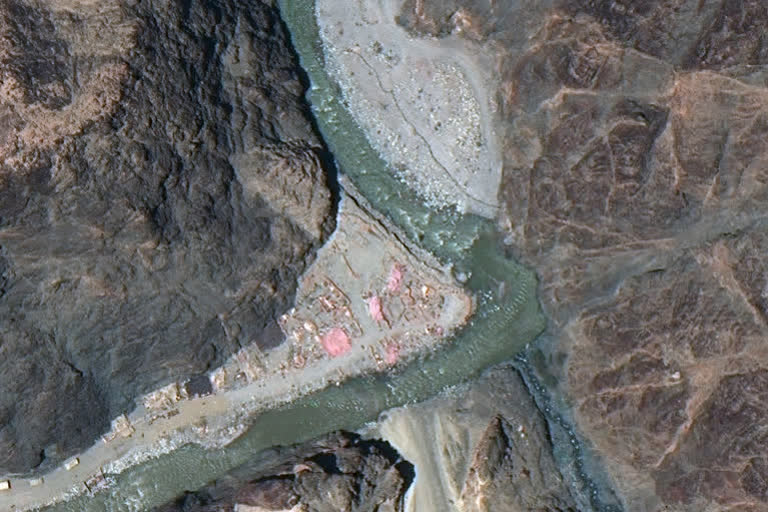New Delhi: China's People's Liberation Army (PLA) on Thursday completed moving back its troops from the face-off sites in Gogra and Hot Springs in eastern Ladakh in line with the understanding reached with the Indian Army, and the two sides are set to hold high-level military talks to further de-escalate tension in the region, people familiar with the development said.
They said both sides have completed creation of a buffer zone of three kilometres in the three friction points of Galwan Valley, Gogra and Hot Springs as part of a temporary measure aimed at reducing the possibility of any confrontation.
On Thursday, the PLA has totally pulled back its troops from Gogra (patrolling point 17), and with this, both sides have implemented the first phase of disengagement to avoid any friction, the people cited above said.
They said the entire focus now shifts to Pangong Tso area where there has been thinning out of troops from Finger area 4. India has been insisting that China must withdraw its forces from areas between Finger 4 and 8.
WATCH:'Galvan's PP14 and finger 4 with China'
They said the fourth round of corps commander-level talks between the two side are likely to take place in the next two-three days. The two armies will also carry out a joint verification in the next few days to assess the implementation of the disengagement process.
The formal disengagement process began on Monday morning after a nearly two-hour telephonic conversation between National Security Advisor Ajit Doval and Chinese Foreign Minister Wang Yi on Sunday.
In the talks, the two sides agreed on an expeditious withdrawal of troops from all the standoff points to bring back peace and tranquillity in the region. Doval and Wang are Special Representatives for the boundary talks.
Following the talks, a mutual disengagement process began in Galwan Valley, Hot Springs, Gogra and Finger areas in Pangong Tso.
Military sources said Indian Army will continue to maintain its aggressive posturing along the Line of Actual Control till the Chinese side cuts down on its significant build-up in its rear bases.
